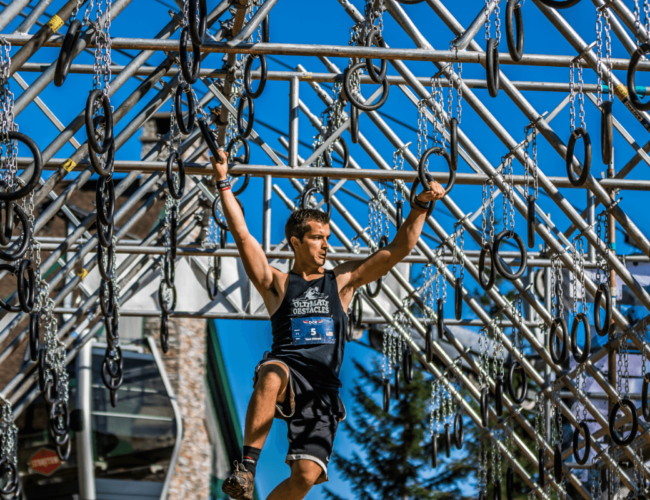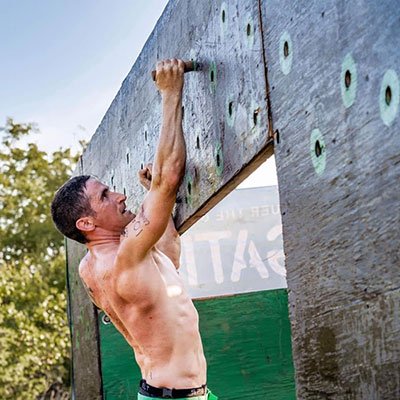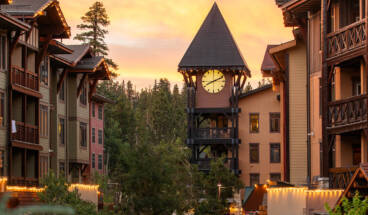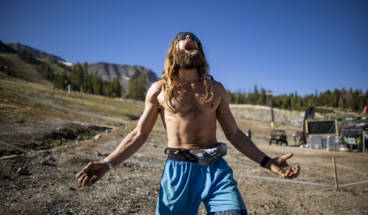“This is Evan, he does Adventure Racing.”
The number I’ve times I’ve been called an Adventure Racer by coworkers, family and friends is too many to count. By their logic Obstacle Course Racing (OCR) is an adventure…so it falls under “Adventure Racing.” While I don’t think there is anything to get mad about, I do think it’s important to correct people because our sport should be recognized by others for what it is and what it is not. I wouldn’t call someone who swims the 100M Freestyle a synchronized swimmer despite their often simultaneous strokes with other racers. I don’t call American football players rugby athletes despite both running around the field with a ball tackling each other.
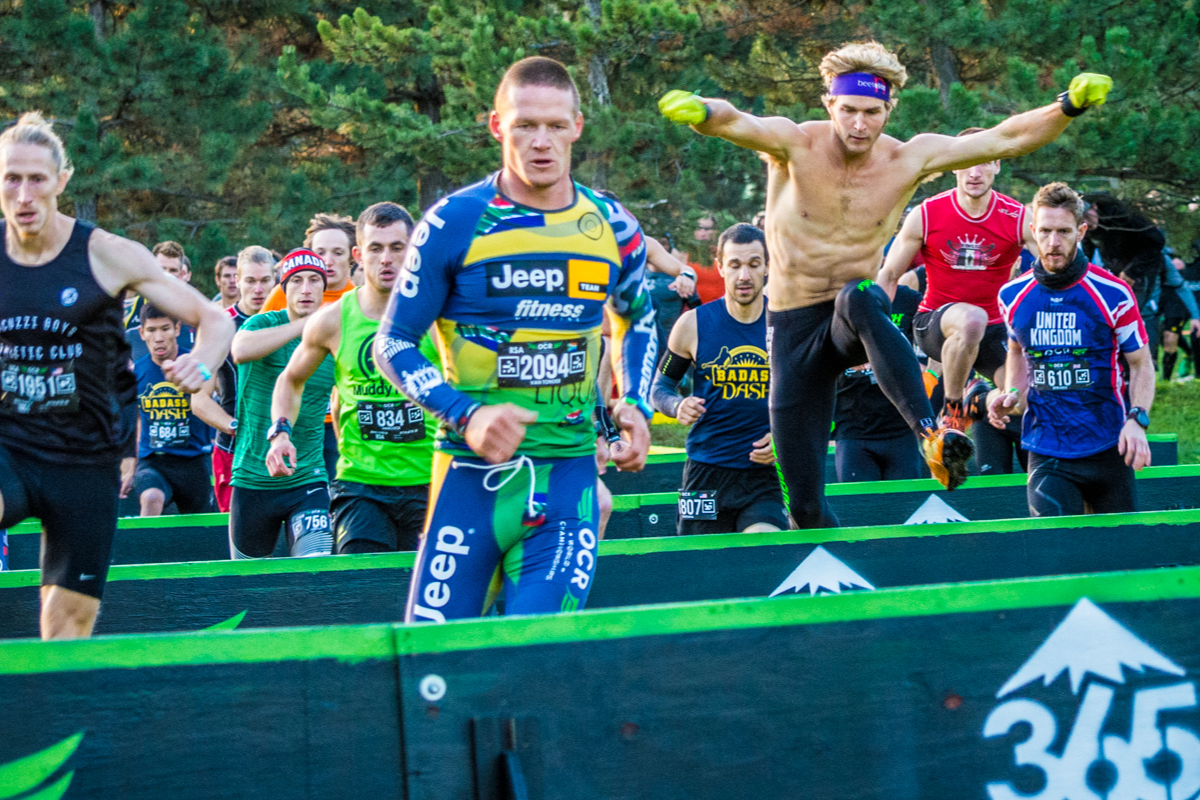
Obstacle Course Racing (OCR) is still a relatively new sport as evidenced by the first OCR World Championships (OCRWC) kicking off in 2014. However, even in this short time I think we have established pretty firmly what is and, just as important, what is not OCR. While most people use the “I know it when I see it” concept to identify OCR, I think a definition would help others understand better. To be specific I would classify OCR as:
Races where an athlete moves along a fixed course mostly by foot and athletes are required to complete largely man-made obstacles (or their associated penalty), as well as some natural obstacles to reach a finish line located a known distance/time away.
While not part of the definition, the obstacles usually stress one or several of the following attributes: agility, strength, balance and technical skill.
So is “Ninja” an OCR? Yes. It fits all aspects of the above definition. Granted the running is often reduced to several large steps/bounds between obstacles but athletes are still “racing”. The obstacles are essentially touching each other, but at the end of the day, athletes are seeing who can go from point A to point B the fastest along a fixed course.
Is “Adventure Racing” OCR? No. The sport fails to fit the definition by having non-fixed course. As in it requires land navigation, usually on an unmarked course where athletes can choose their own route that can be separated by miles. Adventure Racing also includes carrying or bringing large amounts of equipment not needed for any other OCR (i.e. kayaks, mountain bikes, mountaineering gear, etc.) and they typically don’t include man made obstacles (or at least large quantities of them). Despite some brands trying to label races like Eco Challenge or Primal Quest as “expedition length OCR”, it is fundamentally a different sport.
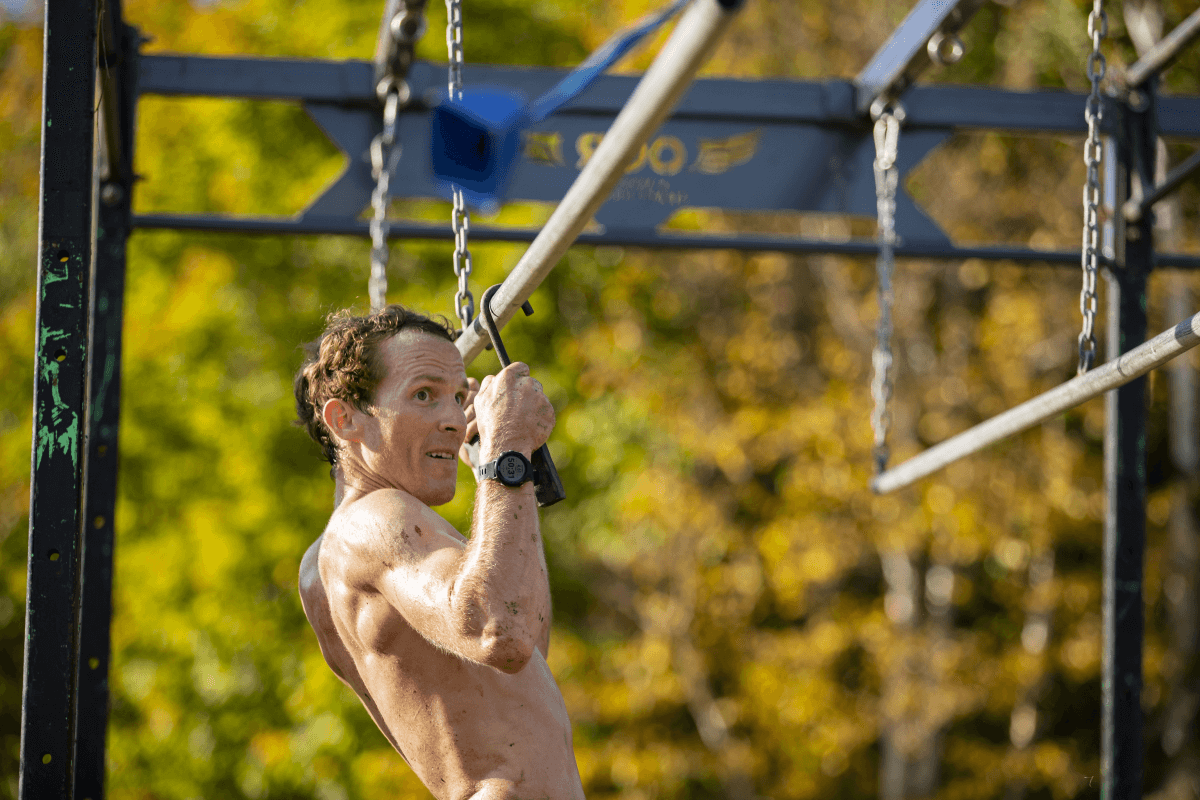
Most of the skills needed for one don’t transfer between the two besides generic fitness. Which is why we see athletes like champions Deanna Blegg and Stefanie Bishop excel in both as well as recently with athletes like Ryan Atkins and Rea Kolbl at Eco-Challenge Fiji. Just because you have some crossover doesn’t mean it is the same sport though. We don’t call baseball and American football the same because Bo Jackson and Deion Sanders both played both. We don’t call ninja warrior the same sport as the host of random athletes they’ve had on the show including Olympians, Track & Field athletes, NASCAR drivers or pro football players.
Furthermore, there is a lack of mass migration in OCR or adventure racing from one sport to the other. They are just too different…because they are different sports. The OCR spectrum of races can go from 100M ninja races to 24 hour multi-lap events.
I put the “Ultra Line” at the 5 hour mark of multi-lap races. That is the way I define Ultra-OCR in my book, Mud Run Guide’s Ultra-OCR Bible: Races that exceed 5+ hours in length for the winner. What about events like Death Race, SISU Iron, Spartan Agoge, Green Beret Challenge: Behind Enemy Lines and War X? Much like Adventure Racing, they fail to fit the above definition of OCR. Which I discussed previously in a Mud Run Guide article.
Adventurey has managed to span almost the full spectrum of events from 100m to 15k and has historically even done events in the ultra range like True Grit Enduro 24 hour OCR World Championships. For now, the 100M, 3K, 15K, 7K Team Relay and 5K Charity Open are all in the OCR World Championships. While the 15K and 3K appear to be the main focus championships, it is exciting to think what other possibilities may arise in the future.
Want to read more about some of the lesser known OCRs and every qualifier in North America for OCR World Championships? Pick up a copy of Mud Run Guide’s Ultimate OCR Bucket List with over 100+ events written by the athletes who experienced them.
